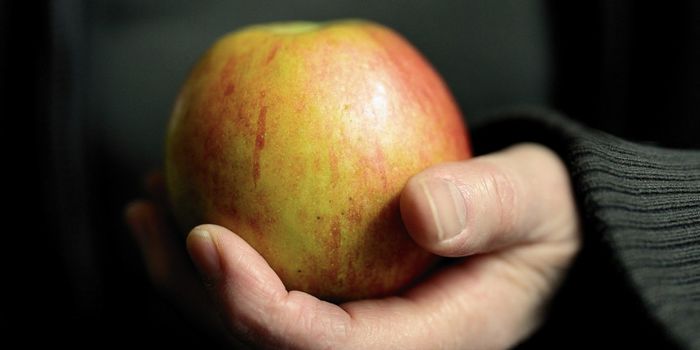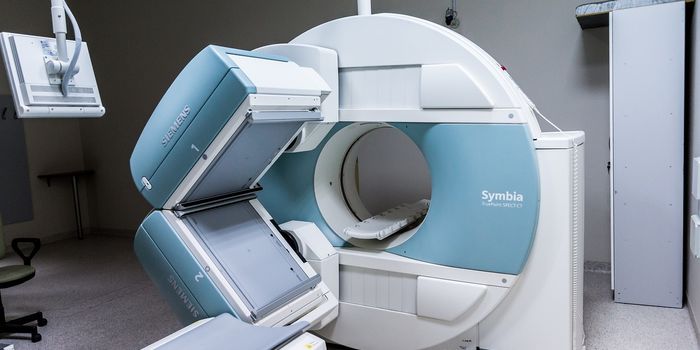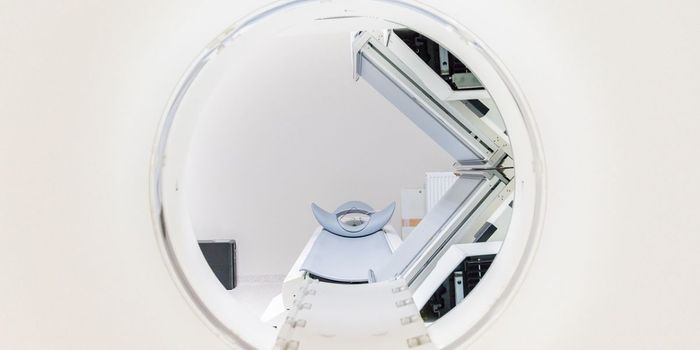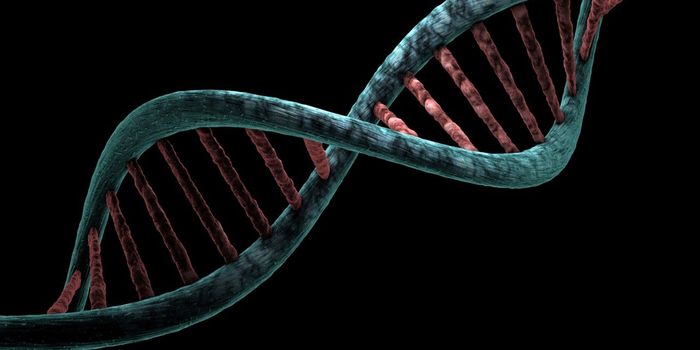Imagine seeing the world through a set of frosted glasses – this is what vision with cataracts looks like, blurry and unfocused. To help children born with congenital cataracts, researchers
recently developed a way to use patients’ own stem cells to regenerate new lenses after surgery, restoring vision. This regenerative approach showed much more success than standard treatments, and could have broad implications for future vision therapies.
Cataracts are caused by protein buildups in the lenses of the eye, leading to reduced vision acuity. Left untreated, cataracts could lead to permanent vision loss. The condition is usually associated with aging, but it also occurs in children; those with congenital cataracts develop the lens clouding at birth or soon after. Surgery to remove the clouded lens and replacement with an artificial one has long been the standard of treatment for the condition. However, this is limited by age and patients often have to wear corrective glasses even after the surgery.
To build a better lens that’s free from cloudy protein buildup, researchers at the University of California, San Diego and collaborators turned to the biological eye itself.
The human eye is equipped with specialized cells that have regenerative potential, known as lens epithelial stem cells (LECs). These native stem cells have the capacity to make replacement lens cells, thus producing a new lens; this potential is the highest in young patients.
In contrast to current cataract surgeries, the researchers developed a new technique that preserved the LECs in children while simultaneously removing the clouded lens. The idea is to tap into the regenerative potential of the lingering LECs to build a completely natural and biologically compatible lens for the patients. "An ultimate goal of stem cell research is to turn on the regenerative potential of one's own stem cells for tissue and organ repair and disease therapy," said Kang Zhang, chief of Ophthalmic Genetics, founding director of the Institute for Genomic Medicine, and co-author of the study.
The minimally invasive technique was first tested in young rabbits and macaques with highly promising results. Subsequently, the researchers performed the procedure in a 12 human babies under two years old. They found the procedure led to lenses that were more functional and that regenerated faster compared to the conventional cataracts treatment. The new technique also had reduced post-surgery complications and increased the clarity of the visual field by 20 times.
"The success of this work represents a new approach in how new human tissue or organ can be regenerated and human disease can be treated, and may have a broad impact on regenerative therapies by harnessing the regenerative power of our own body," said Zhang. "We believe that our new approach will result in a paradigm shift in cataract surgery and may offer patients a safer and better treatment option in the future."
The new technique, though more invasive than
drops to melt cataracts, could prove to be more effective in the long term. Researchers hope to apply and tweak this technique to treat age-related cataracts, where the challenge will be the declining number of native LECs in older patients.
Additional source:
Science Daily









